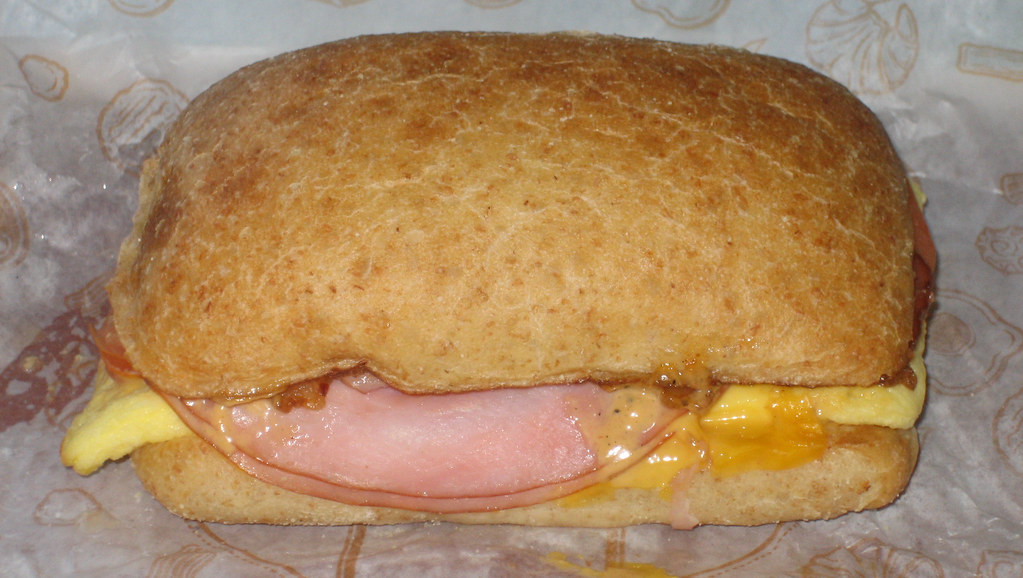When it comes to bread, it can be hard to choose between all the different options. It’s a debate that has been going on for centuries: French bread vs Ciabatta. Which one is the right choice for you?
Surprisingly, the differences are larger than you would think, so let’s take a look at where they both come from, their characteristics, their best uses, health aspects, recipes, and popular dishes.
Origins Of French Bread And Ciabatta
French bread has been around for centuries, with its roots actually dating all the way back to Ancient Rome. It was brought to France from Italy several centuries later and has since become a staple in France. It’s characterized by its crisp, chewy crust and slightly sweet flavor.
Ciabatta is more modern, making its debut in the early 1980s. It was created by an Italian baker in Verona, Italy, who had the idea to make a bread that was airy and light—the exact opposite of the dense French bread. The result was something spongy and delicious, and it has since become a favorite around the world.
Characteristics Of French Bread And Ciabatta
French bread is shaped in a long, slender form and has a signature golden color to the crust. It is typically longer than Ciabatta, usually around 18 to 24 inches in length.
Ciabatta has a characteristic square shape and is usually shorter than French bread, around 6-9 inches. It has more of an oval shape, with a pale yellow crust.
French bread is denser than Ciabatta, and it has a crunchy crust with a chewy center. It’s also more moist and has a slightly sweet flavor.
Ciabatta is much lighter and airier than French bread. It almost has a “spongy” texture and is much drier than French bread.
French bread has a subtle sweetness to it and a slightly nutty flavor. It’s also more moist than Ciabatta, giving it an almost buttery taste.
Ciabatta has a mild sourdough flavor with a hint of sweetness. It has more of a savory taste than French bread.
French bread can last up to 5 days when stored in an airtight container at room temperature. It’s best to consume it within 3 days for the best flavor and texture.
Ciabatta can last up to 4 days when stored in an airtight container at room temperature. It’s best to consume it within 2 days for the best flavor and texture.
French bread is typically more expensive than Ciabatta, usually ranging from $2-4 per loaf.
Ciabatta is usually more affordable than French bread, usually ranging from $1-3 per loaf.
Best Uses For French Bread And Ciabatta
French bread is great for sandwiches and toast, or to dip in soups, stews, and sauces. It can be used for garlic bread or for French toast.
Ciabatta is best for open-faced sandwiches, paninis, and bruschetta. It’s also great for dipping in oils, pestos, and hummus.
Health Aspects Of French Bread And Ciabatta
French bread is high in carbohydrates, with a high glycemic index. It’s also low in fiber and protein.
Ciabatta is lower in carbohydrates and calories than French bread and is higher in fiber. It also has a moderate glycemic index.
Recipe Ideas With French Bread And Ciabatta
French Bread: French Onion Soup, French Bread Pizza, Garlic Bread.
Ciabatta: Bruschetta, Caprese Salad, Paninis, Focaccia.
French Bread: Croque Madame, Tartines, Salade Nicoise.
Ciabatta: Pressed Sandwiches, Stuffed Ciabatta, Ciabatta Bread Bowls.
Comparison Between French Bread And Ciabatta
French bread and Ciabatta are both delicious and versatile, but there are key differences between the two. French bread is longer, denser, and sweeter than Ciabatta. It’s also more moist, making it great for sandwiches, toast, and dipping.
Ciabatta is shorter, lighter, and has a mild sourdough flavor. It has a spongy texture and is best for open-faced sandwiches, paninis, and bruschetta.
Conclusion On Difference Between Of French Bread And Ciabatta
When it comes to French bread vs Ciabatta, there’s no definitive answer. Both are delicious and have their own unique characteristics and uses.
Ultimately, it comes down to personal preference and what you’re looking for in a bread. Whether it’s a light and airy Ciabatta or a rich and buttery French bread, there’s something for everyone.

